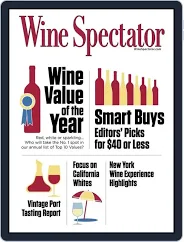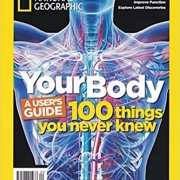More Content Sips and Tips
This week’s Say It For You blog posts are inspired by items in issues of Wine Spectator which I think offer clues to the most attention-grabbing and impactful ways of marketing a product or service through content……(Today’s quotes come from the Jan.-Feb. 2024 issue of the magazine).
Offering everyday advice
“Everyday Moments” recommends “smart buys” for weeknight dinners, movies at home, Sunday brunches, “and all the daily occasions in between”.
There’s a reason “how-to” and “advice column” content works – readers have a sense of immediate benefit. Create content readers can put to use right now, using statistics to document both the problem and the proposed solution.
Using a celebrity connection
Celebrity chefs Jose Andres, Eric Ripert, and Emeril Lagasse are shown taking part in the Chefs’ Challenge, an annual pairing showdown covered by a Wine Spectator editor.
“Tweak” material so that the content is tied to the doings of popular figures that audiences love to hear about.
Putting questions in readers’ mouths and minds
“Why do red wines give some people headaches?” Mitch Frank answers his own question by citing a University of California study showing that the polyphenols in red wine may keep some people from quickly metabolizing alcohol.
In content marketing, you’re often providing answers to questions that your potential customer might ask. The specific genius lies in forcing readers to recognize their own uncertainties and need for answers.
Keeping readers up to date on industry news
In “Duckhorn to buy Sonoma-Cutree for $400 Million”, Daniel Marsteller keeps Wine Spectator readers in the know about an important corporate takeover.
Showing that you are keeping abreast of the latest thinking and developments in your field is the key to earning “expert power”, showing readers that you are in a good position to spot both threats and opportunities.
Offering Opinion Pieces
In “the Necessary Luxury”, senior editor Mitch Frank shares his perceptions of the relationship between value and luxury. Good wine, he points out, helps us thrive, enhancing the meal on our plate, easing the shyness of guests, and sparking the sharing of stories and ideas.
We must be influencers, I advise clients and content writers alike. Whether it’s business-to-business or business to consumer writing, the content itself needs to use opinion to clarify what differentiates that business, that professional practice, or that organization from its peers.
No, becoming a wine connoisseur may not be the future you have in mind, but these “sips” from Wine Spectator can offer valuable insights for creators of marketing content.






Follow us online!